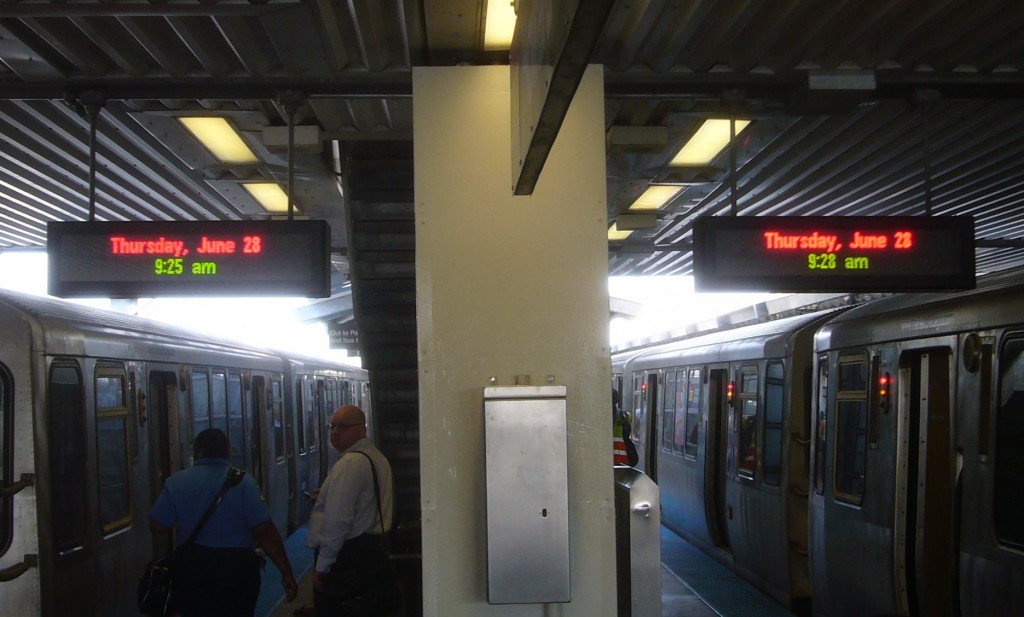
Yes, transit facilities should be comfortable. Investments to improve comfort can be a smart use of limited transit funds, attracting ridership and … oh, employee comfort. Well, sure, it’s good that we’re past the days when ‘L’ conductors had perch precariously between cars. And providing employees with comfortable facilities can be a cost-effective alternative to treating them with respect or paying them well — last I heard, some full-time journeyman CTA employees are paid less than $65,000 per year. But somebody forgot about the passengers.
Observant passengers already know that CTA has hundreds of public washrooms — owned by the public, tho not accessible to them. But in the short run [between elections] and for the most part, we are captive riders, and fares don’t provide the majority of CTA revenue anyway.




